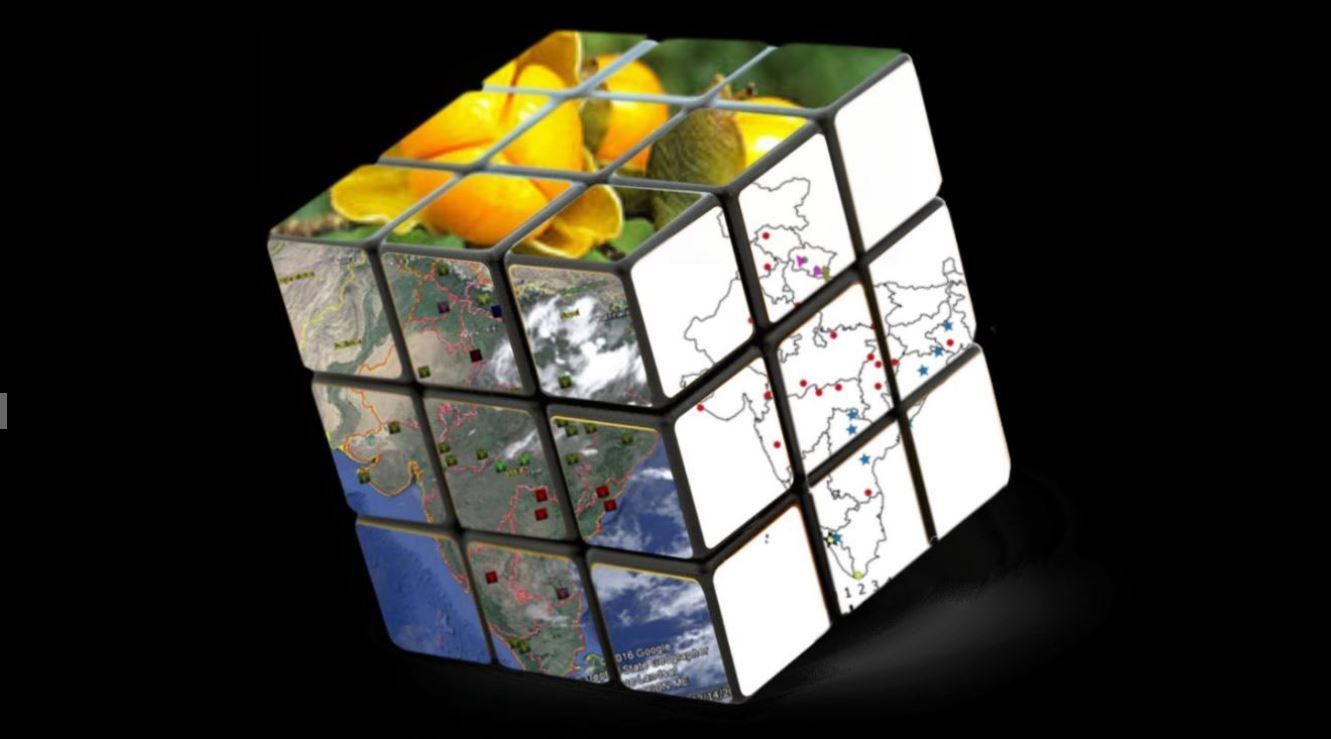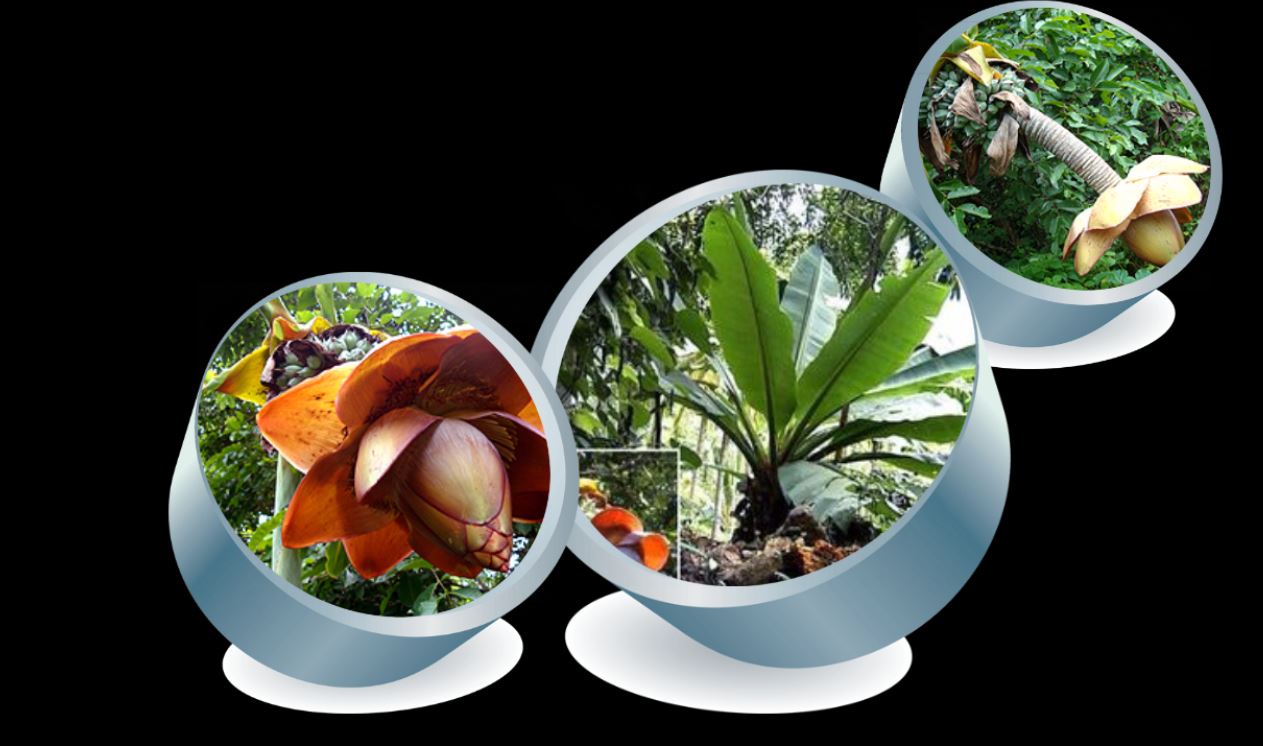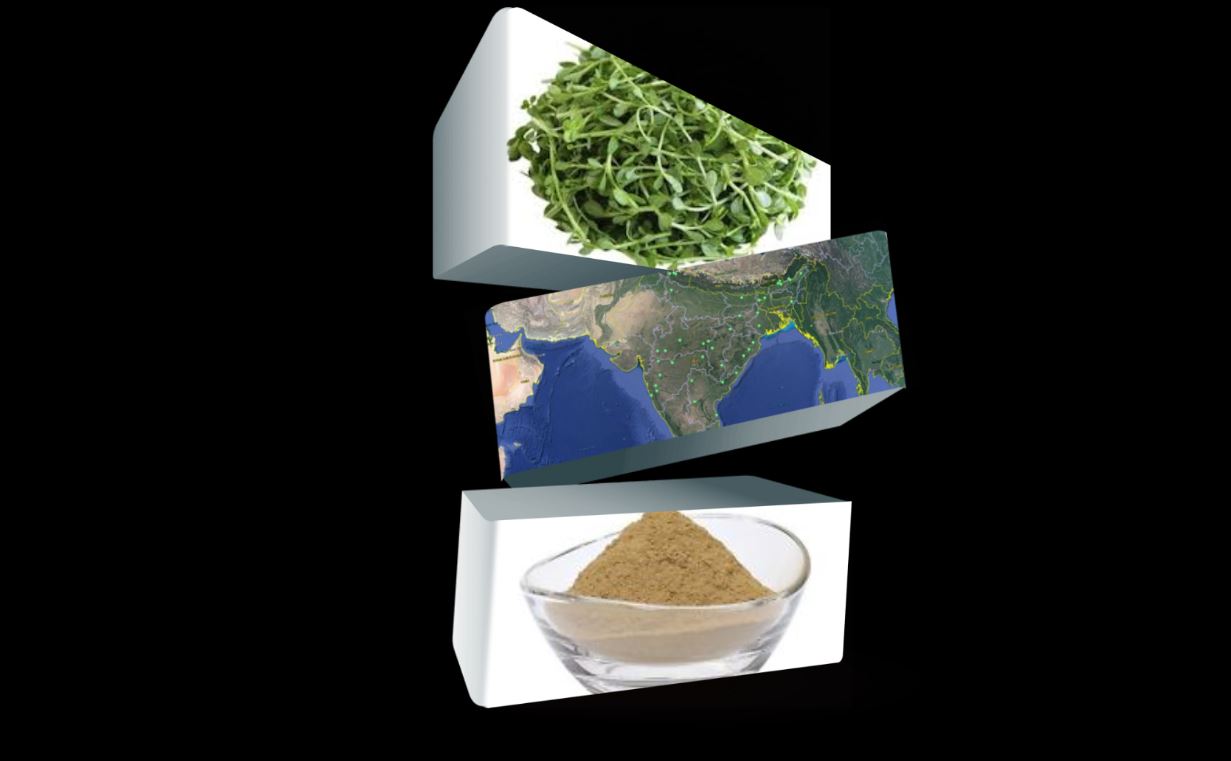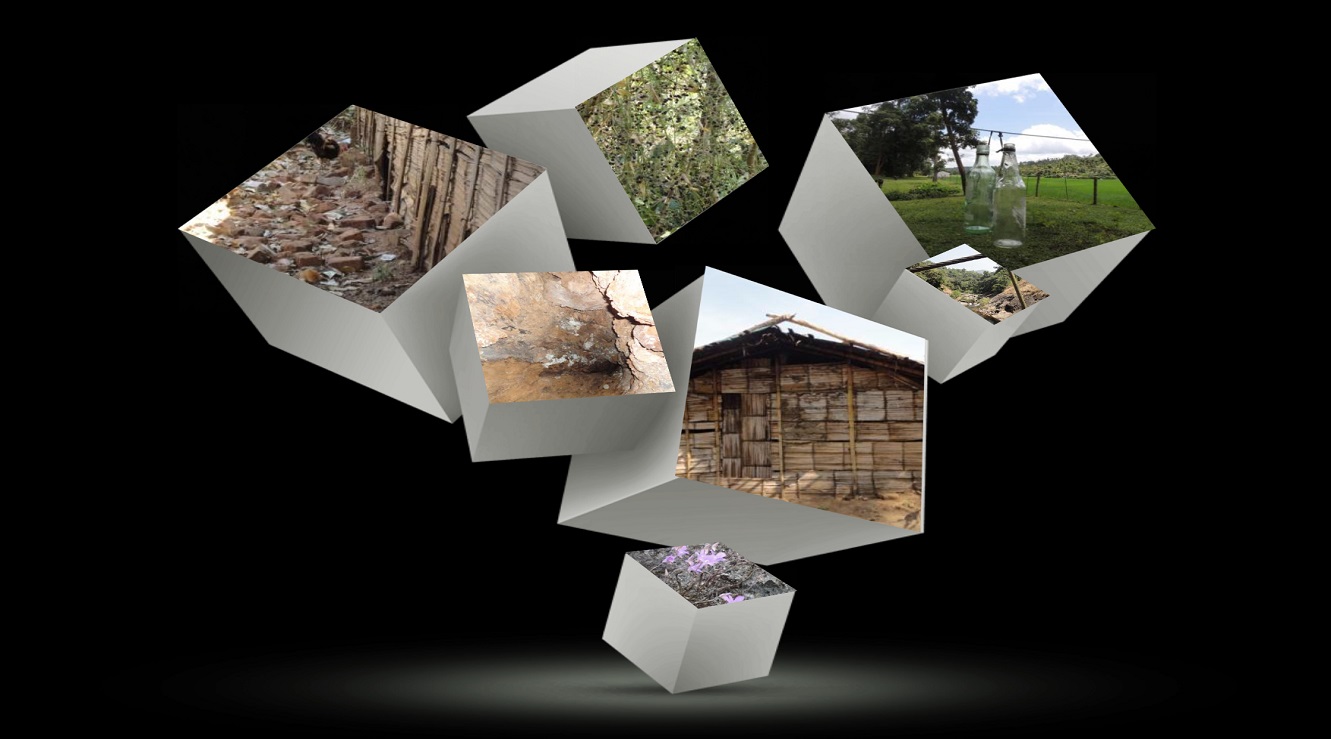Traditional Knowledge Erosion
Melting crucible
A quantitative study was carried out during July-August 2013 in four locations,covering eight traditional communities within the recently designated UNESCO Natural Heritage Site: the Western Ghats, India. The communities studied were: Kurichiar and Kattunayakar (Wayanad), Cholanaikar and Paniyar(Malappuram), Irula and Kurumba (Palakkad) and Kanikar and Malapandarm (Quilon).





